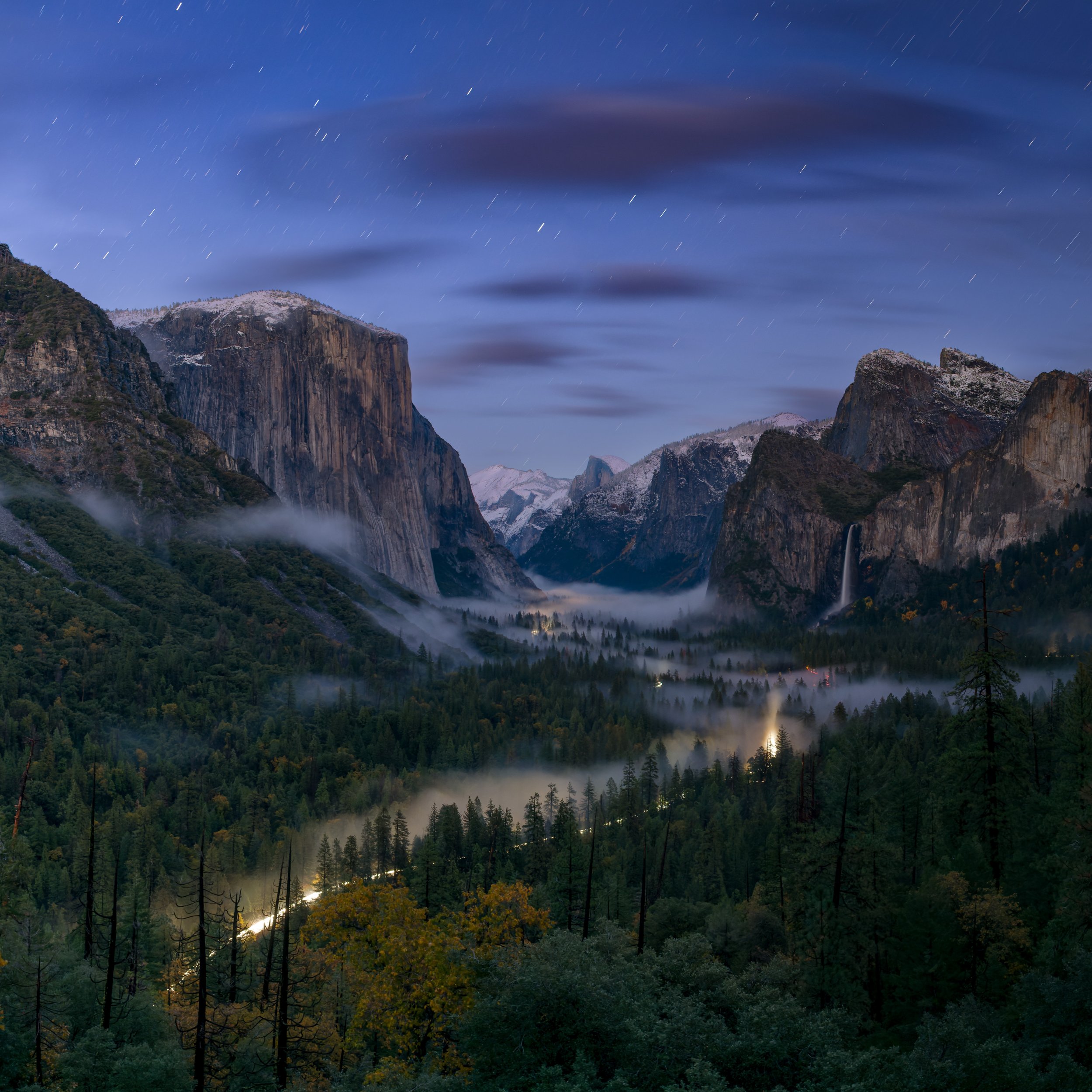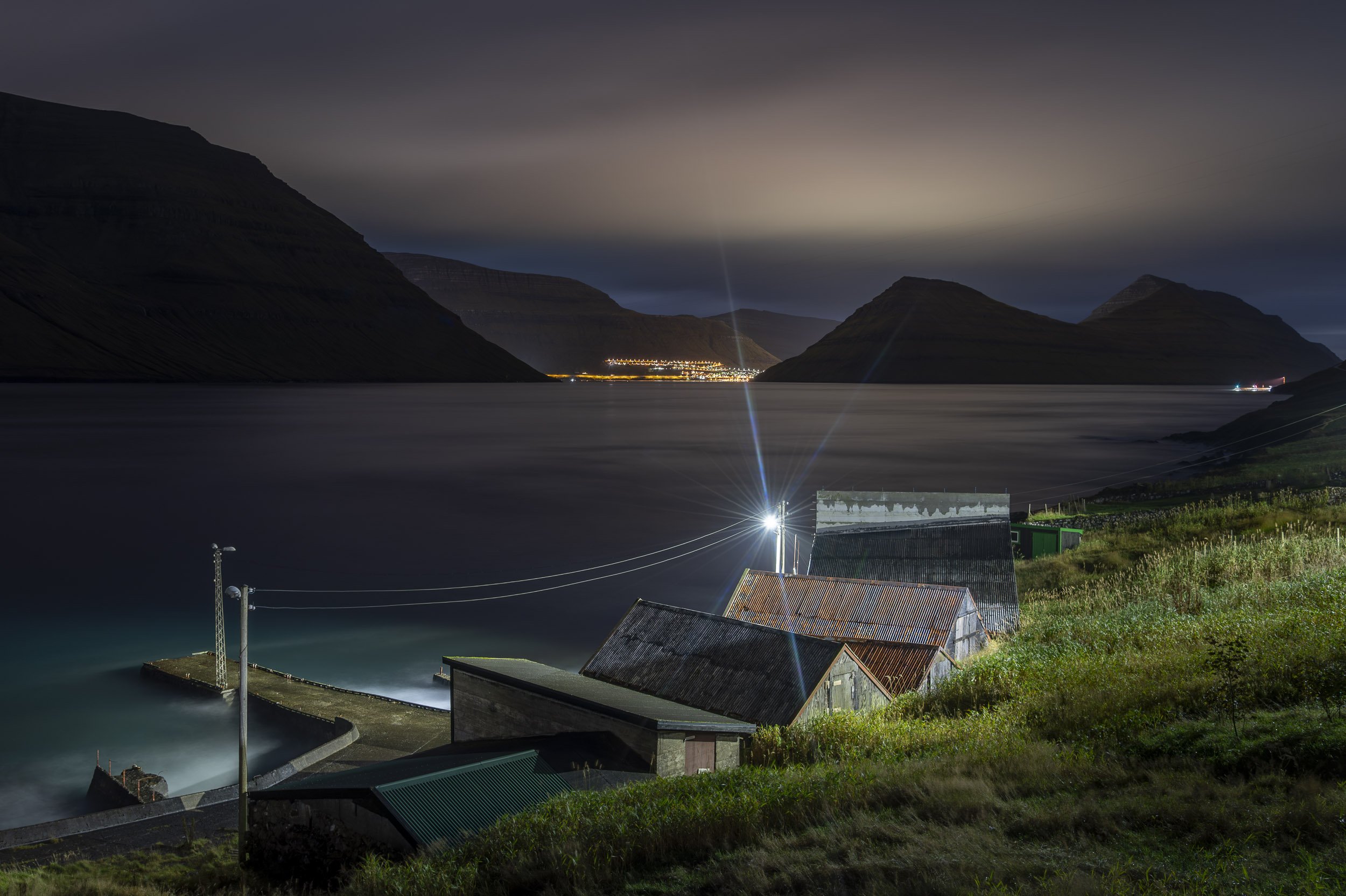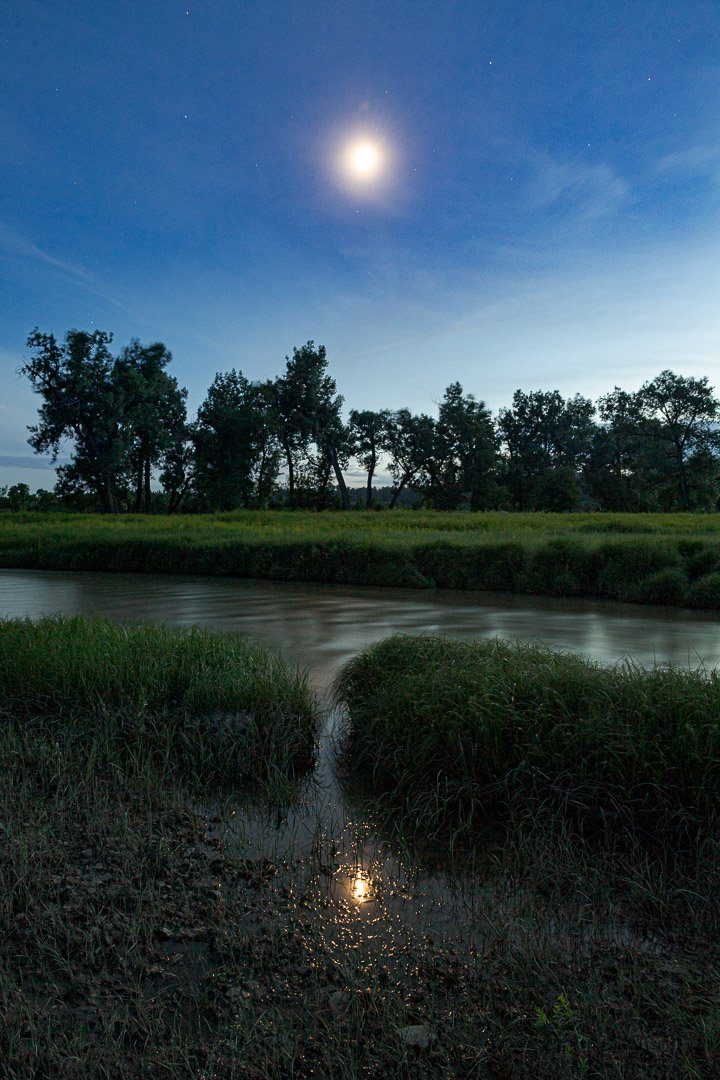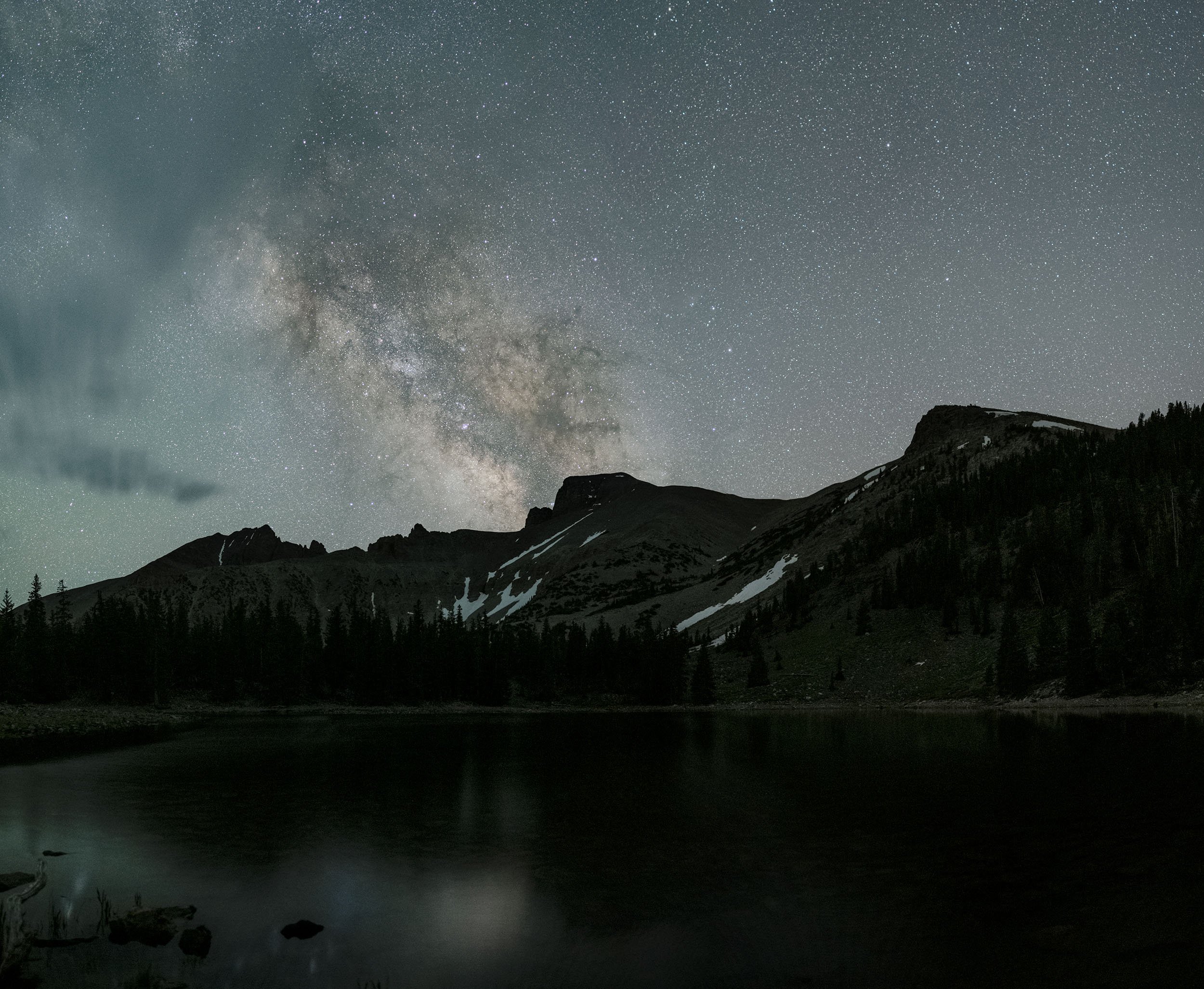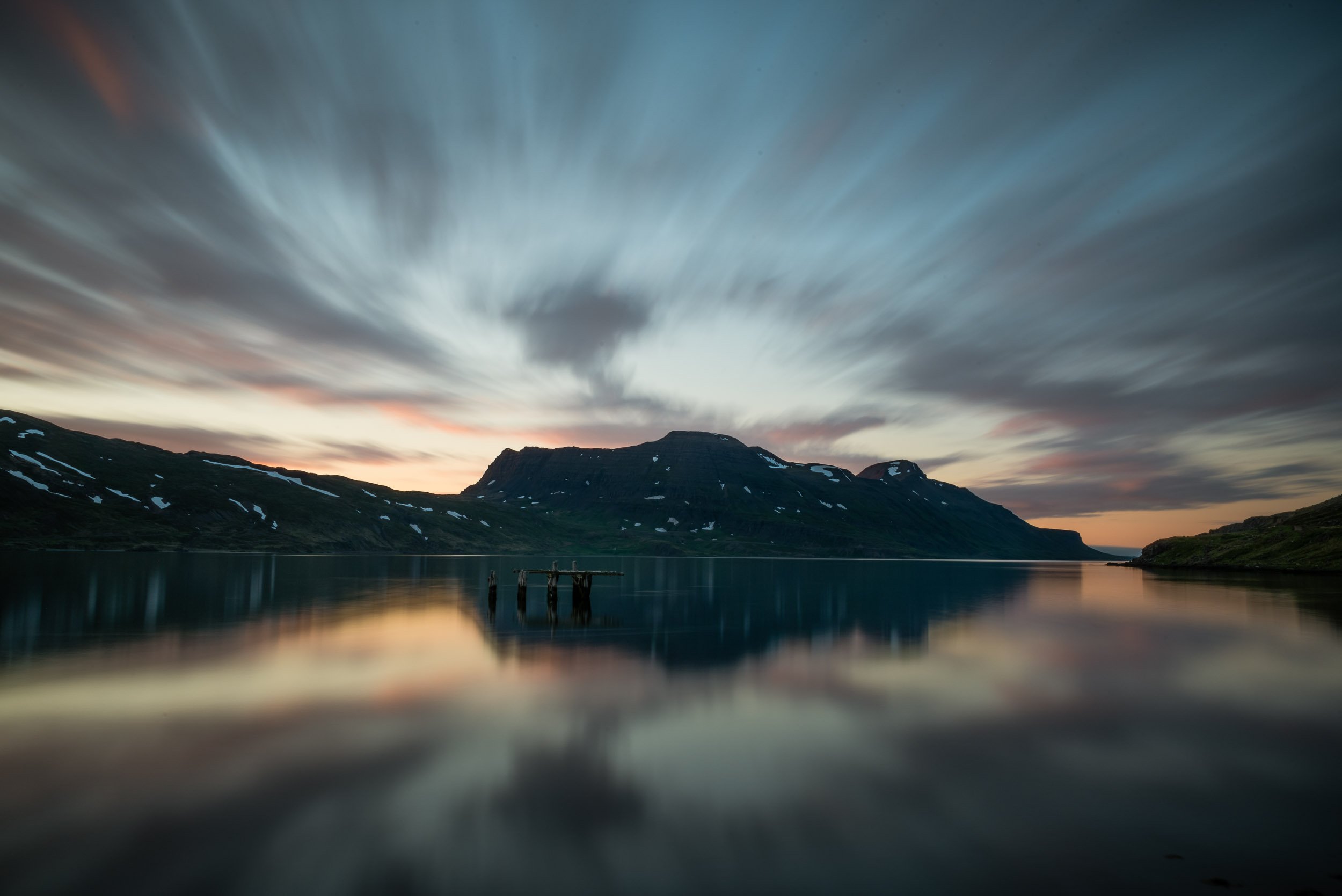To capture or create, that is the question.
We live in a world where every moment is precious and must be constantly captured. Some of us need to document to remember. These reasons are important and should not be overlooked. Silly selfies, family photos and pictures of our loved ones unify us. Look at your Facebook page. What are the most liked pictures? Are they your best shots or are they sentimental moments of good times?
Now let’s flip the coin. If you consider yourself a photographer, then you need to have a photographic vision. You can experiment and try different styles, but once you truly sync your eye to your camera, a whole new creative world is open to you.
I consider myself an artist and an educator, so I’m always pushing to look beyond the beauty of what is in front of us. I don’t want the same picture of the same place. I want to create something new, something that has my personal stamp.
This can be a difficult yet rewarding exercise. And when you are in the awe of an amazing location, such as Yosemite National Park, you are going to photograph El Capitan. But are you going to capture or create?
I advise to live in the awe of the moment and definitely capture a few of those staple shots. But keep looking, keep pressing on and see if you can create something special. Look for unique opportunities when the color, light or a new angle will yield inspiration.
That’s one of the main reasons I have chosen night photography as an artistic outlet. Typically my images are not something that you can see in-person with the naked eye. When we play with time and extend our exposures past a fraction of a second, we are opening a whole new door of possibilities. In my most successful shots, your eyes should wander with a sense of wonderment.
So let’s take a look at three shots where I pushed past the norm and explored more.
Devil’s Tower National Monument
When Matt Hill and I taught this three-night workshop last year, the main challenge was how to get a different interpretation of the tower each night. We scouted and found many different vantage points that would offer a great canvas to creativity. We kept getting closer and closer to the tower each night until on the last night it literally towered above us. I was inspired by watching a student light-paint and noticed the silhouette that could be formed quite easily. Adding the human element gave the image more of a sense of scale and wonderment.
Joshua Tree National Park
Sometimes it’s a piece of gear that helps fuel the imagination. On a recent trip to Joshua Tree, a friend brought his Pixelstick, and we each took turns picking a pattern and painting the light. This was my “interpretation” of the scene. I’m excited to continue to use a Pixelstick in my night work. The options are endless with what you can construct with this tool. But with many options comes the challenge to continue to forge something that shakes you out of your comfort zone.
Central Park, New York City
Finding the right time. This was shot with fellow NPAN teacher Chris Nicholson right after our 2016 NYC blizzard. The San Remo is an oft-photographed scene and the winter scenario definitely makes it a little more special. But what really makes you go “wow” on this image is the picture-perfect movement of the clouds. This was a two-minute exposure and the clouds were moving pretty quickly. If my exposure was 4 to 6 minutes, it would have smeared the whole sky. It is those breaks in the clouds that make the shot. I waited to pull the trigger until they cleared the tower lights. We get to play with time a lot at night. Learn to react quickly to the many movements and your night visions will flourish!
So I invite you to challenge yourself next time you are out shooting. Capture the moment but try to produce something special. It won’t always work, but at least you’ll be flexing those creative muscles and it will better prepare you for the next time.




